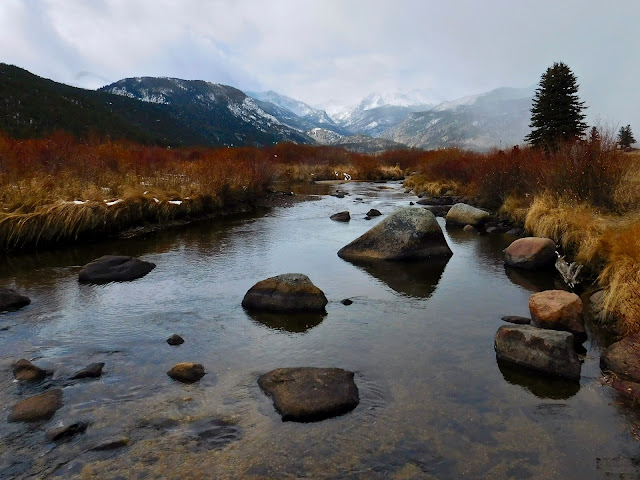Ponderosa Pine - At Home in the Mountains

Ponderosa Pine This week's post is written by my uncle, Jerry Covault. Jerry is a retired United States Forest Service Ranger. During his 33 years spent working on National Forests in Oregon, Colorado, Wyoming and Montana, he has learned about the relationships between mountains, forests, soils, weather, fire, animals and people. Jerry shares some of his unique experiences in his new book "About Forests and People". He resolves to stimulate interest and curiosity about trees and forests and how people use them both through the ages and at present time. Jerry also discusses the problems our forests and environment have today and he suggests a few things that can help. The following essay by Jerry Covault is taken from his book "About Forests and People". Ponderosa pine is handsome and it gets big. To be in a stand (a foresters’ term) of big ponderosa with their orange plates of thick bark shining in the sun is akin to being in a grand cathedral - be...


